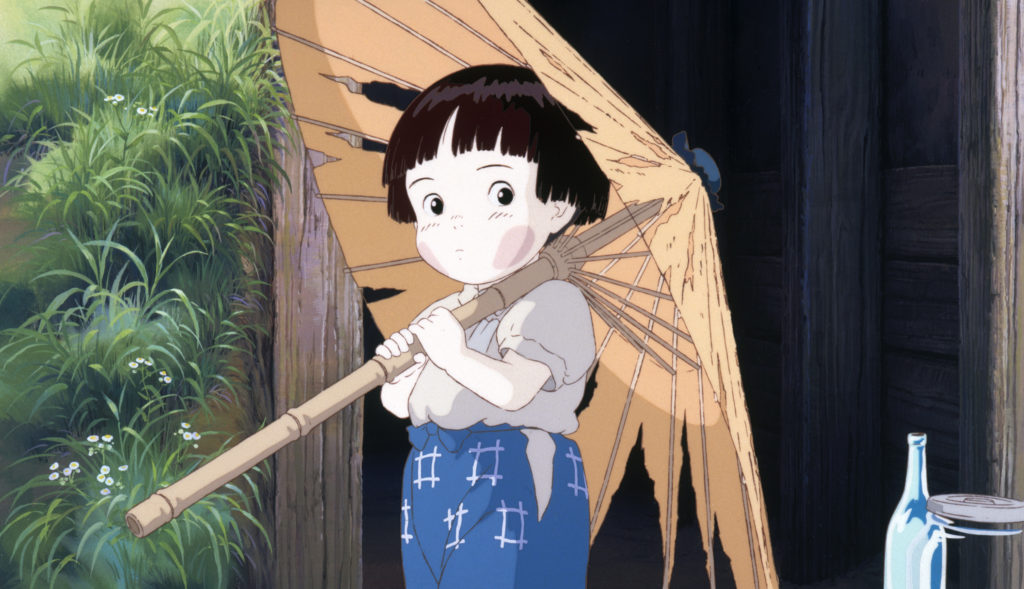
Why do many Japanese choose to see themselves as victims and why are they so determined to focus almost exclusively on the events of 1945? Teachers and students can better consider the question by learning more about Japan’s imperial period. Grave of the Fireflies has been criticized for its depiction of the Japanese as victims of the war with no reference to Japan’s role in instigating the conflict. Nosaka wrote Grave of the Fireflies to honor his little sister and to cope personally with the tremendous sense of guilt he felt as a survivor. Nosaka even blames himself for her death, since he ate the food he should have shared, and confesses he hit her head in order to make Seita stop crying. However, later in his biography, Nosaka states that the story is a “lie” and that he was not as kind to his sister as Seita was to her. Some of the story’s scenes, such as collecting fireflies for his sister, and taking her to the beach, are based on Nosaka’s own experiences. Left orphaned and homeless by a bombardment, he and his sixteen-month-old sister went to live with a relative. Like Seita in the story, Nosaka was fourteen years old in 1945 when the aerial bombings of Kobe began. Born on October 10, 1930, author Nosaka Akiyuki spent his youth in Kobe during a period of economic crisis and growing Japanese militarism. Grave of the Fireflies is a work of fiction and a semi-autobiographical story.



 0 kommentar(er)
0 kommentar(er)
